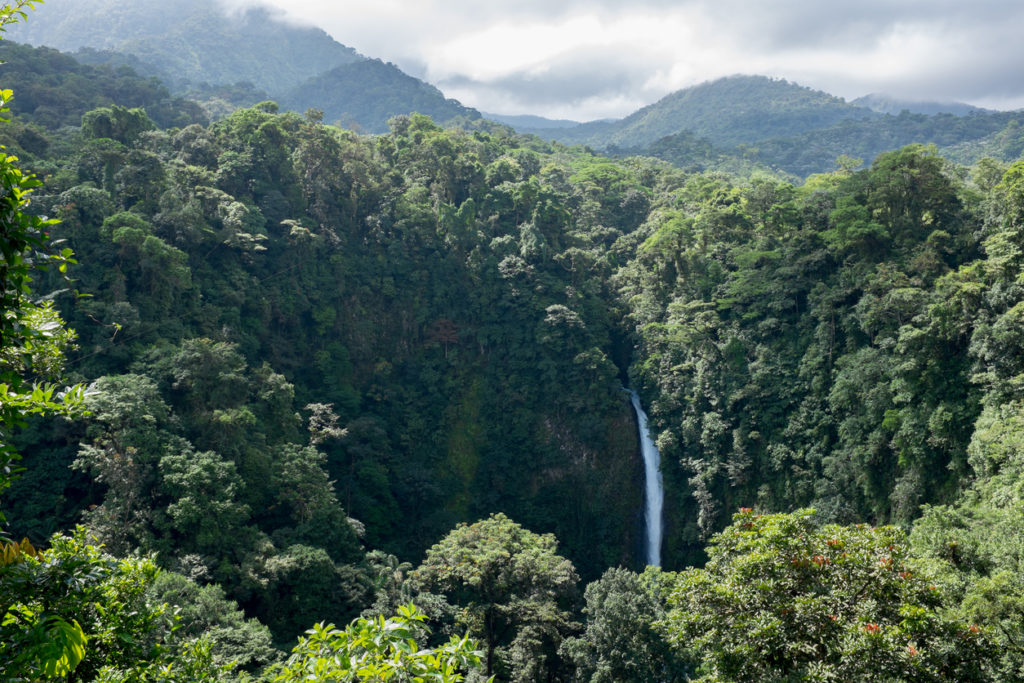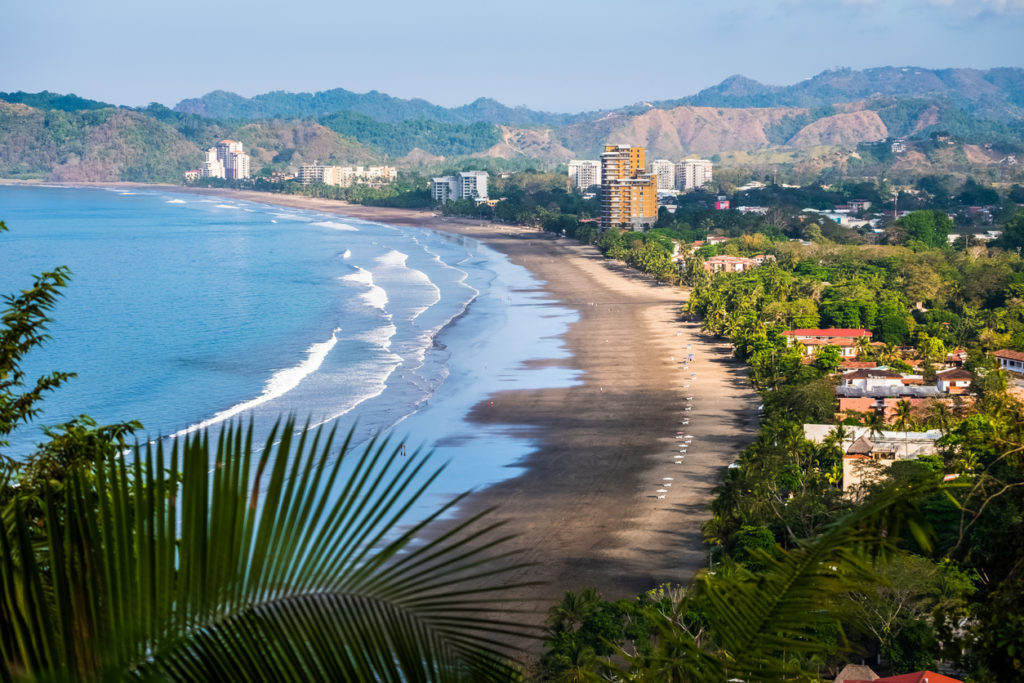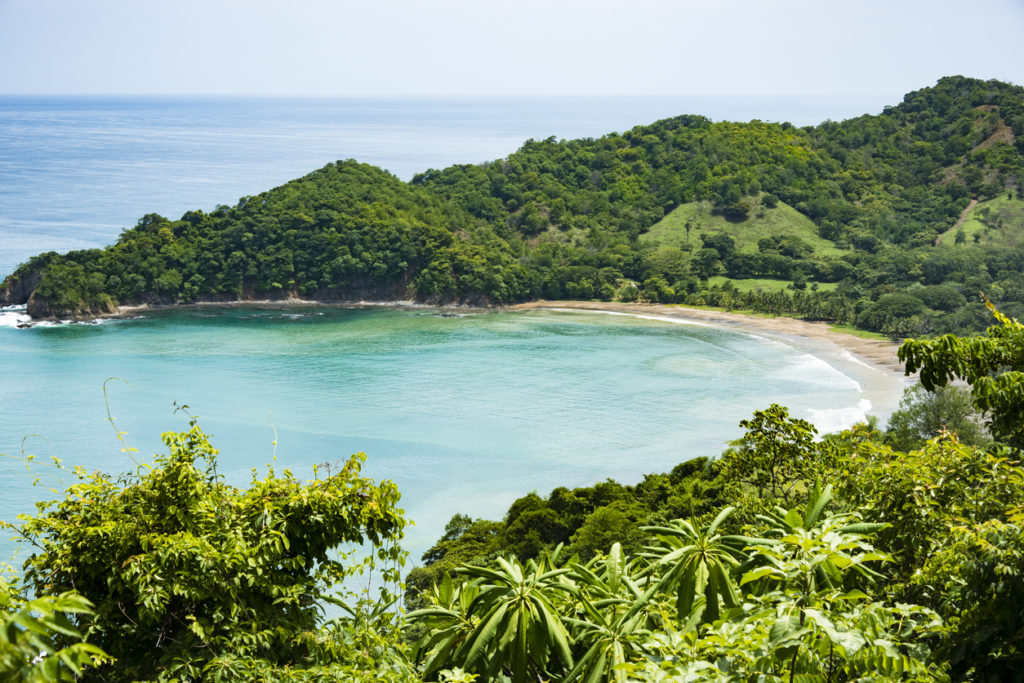When I was a kid, I was obsessed with baseball. I wanted to be like Yogi Berra. He was one of my favorite “old-timers” because my grandfather, “Fats,” was an Italian catcher from the same era. If I hadn’t been born a southpaw, I probably would’ve been a catcher too.
Berra was not only a “Hall of Famer,” but might’ve been equally well-known for his sayings, also known as “Yogi-isms”—they’ve become almost proverbs.
I didn’t have the talent to be a Major League Baseball player. I’ve also never said or written anything that’s scaled to be considered “almost proverb,” though it should be easier today with modern virality.

Rational Decisions
My childhood obsessions have subsided. I hardly watch baseball anymore unless my hometown Astros are chasing a pennant (they won the World Series last year).
Yogi Berra died in 2015, but I retain part of his legacy when making decisions. We all like to think our decisions are made with a high level of rationality, but none of us are immune to biases and cognitive dissonance.
It’s easy to be rational in trivial situations, such as what time to wake up for work. But in matters of love, family, politics, ego, etc., we’re almost never rational because emotions cloud reason. Once you recognize these tendencies in your own psychology, you may begin using “Yogi-isms” to explain your life-changing decisions like I do.
I like to think I’m highly rational, but so would most people. Some friends have told me I make ballsy decisions. My courage would make sense if I shared my life story, but most people only want the “quick & dirty,” so I give them “Yogi-isms:”
- “When you come to a fork in the road, take it.”
- “The future ain’t what it used to be.”
- “You don’t have to swing hard to hit a homerun. If you got the timing, it’ll go.”
Deciding Where to Go Next
I’m in Costa Rica and don’t know where I’ll go next. I’ve been all over the country to explore its awesome diversity of climate.
Americans usually choose where to live or buy a second home in Costa Rica based on weather preference. I’ve used the same criteria when deciding where to visit.
I’ve explored Monteverde’s cloud forest where it gets chilly. Plus, I’ve visited the mountains of Atenas in Central Valley where the days average 71 degrees Fahrenheit, getting cool and breezy at night. I left too much room in my suitcase and wish I’d packed a sweater.

In the Central Valley, there is a towering volcano in Arenal set on a picturesque lake; nearby La Fortuna has thermal baths.
The climate in the Central Valley is mild and warm. It’s a lot less hot and humid than places like Quepos and Manuel Antonio on the southern Pacific Coast.

Jaco and Playa Hermosa are favorite beach destinations for wannabe surfers like me. The heat and humidity rival Quepos/Manuel Antonio, a one-hour drive south of Jaco.

Tamarindo, in Guanacaste province on the northern Pacific Coast is where I first learned to surf. It’s flatter and less humid in “Gringo-rindo,” so-called due to the number of snowbirds who vacation there.

Time to Check-Out
I didn’t do any “house hunting” on this trip, but if you’re interested in house hunting on the southern Pacific Coast of Costa Rica, you can read my blog post from November 2017.
The owner where I’m staying just knocked on my door to tell me it’s time to check-out. I splurged on a high-end Bed & Breakfast last night in the mountains of Atenas.
The place looked and felt right when I drove up the mountain so I decided to stay (emotion). I later justified the cost because I needed a quiet place to write (rationalization).
Wherever I’m headed next, I’ll do it based on “feel,” then rationalize it later. Though it’ll be hard to top this B&B. The towels are so thick I’ll have trouble closing my suitcase.



